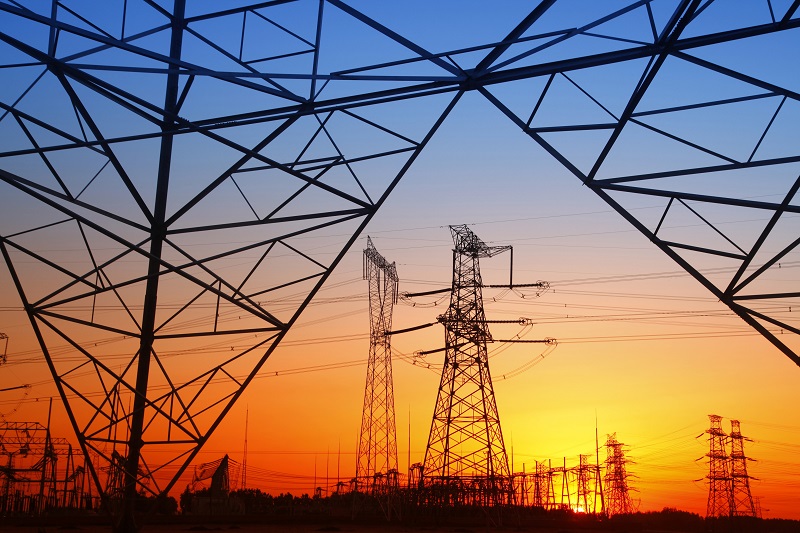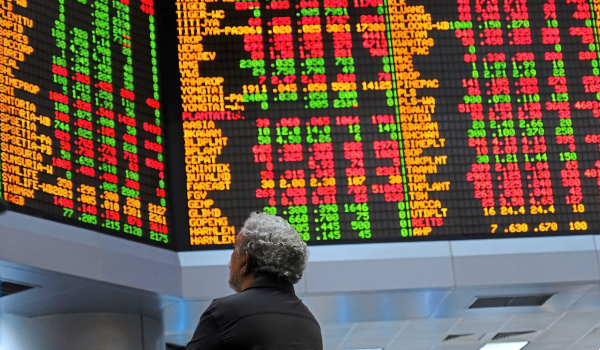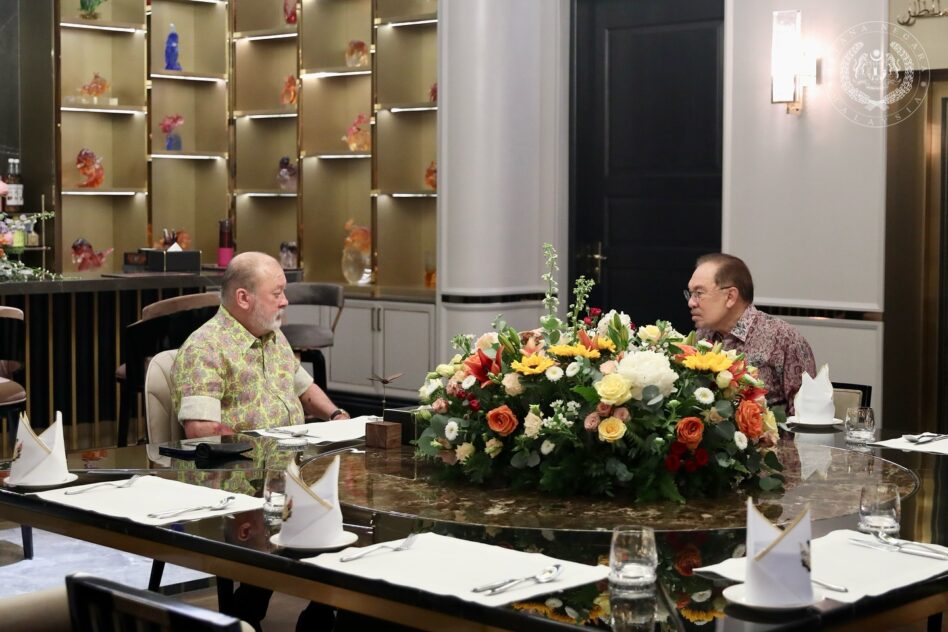I HAVE been living in Kuala Lumpur for the past 55 years and was a tourist guide in 1973. The tallest building in the city then was the 36-storey KL Hilton at Jalan Sultan Ismail, which later became the Crowne Plaza Mutiara in 2002, until the building was demolished in 2013.
In 1992, I produced the “Bangsar Baru Shopping Guide” when the last few shophouses there were still under construction.
The address and phone number for all the shops were grouped by the type of business and shown in a pictogram together with my hand-drawn map of the area.
In 1999, I recruited and trained a group of unemployed to survey all the tall office buildings in the city and published “Office Directory of Top 50 Buildings in Kuala Lumpur”.
It was useful for many businesses as information was scarce when usage of the internet was still in its infancy.
From 2000 to 2010, I drove metered taxis in the Klang Valley. The registration numbers for the premier taxis were HB4400 and HWB 3888, and both were powered solely by natural gas for vehicles (NGV). Later, I drove a Proton Iswara budget taxi that could run on NGV or petrol.
Unlike today when drivers can use satellite navigational apps to drive to new locations, taxi drivers back then ought to know and remember many roads and places, especially larger office buildings and hotels, and passengers are to be picked up and dropped off at designated spots.
After 2010, I no longer kept track of the many new buildings that have sprouted in and around the city since then. Today, I cannot identify many of the tall buildings appearing on the skyline. Moreover, KL is the city with the most skyscrapers that are 150m and taller in Southeast Asia.
The three cities with the greatest number of skyscrapers are KL (173), Bangkok (115), and Jakarta (114). These numbers are unlikely to increase much because the days of erecting tall or large buildings are over as many people can also work remotely and not just in the office.
For many years, building construction was at a frenzied pace in many parts of Malaysia, resulting in large property overhangs and unutilised office space in tall buildings, empty floors in shopping malls, and vacant apartment units in luxury condominiums.
Unlike before when much prestige was accorded to grand buildings and houses, they are now seen as more of a liability, similar to owning and operating eye-catching businesses such as airlines and five-star hotels which can easily go bust, joining many others that have done so.
In KL, most people could identify the three tallest buildings and they are the Warisan Merdeka Tower (118 floors) standing at 679m and the second tallest globally, the Exchange 106 @ TRX (106 floors) at 454m, and the world-famous Petronas Twin Towers (88 floors) at 452m.
Few people would be able to recognise or remember the other skyscrapers in the city. For example, the fifth tallest is Four Season Place, a stone’s throw away from the Petronas Twin Towers, comprising serviced apartments, a hotel, a shopping mall, and residential apartments.
It stands at 343m or 1,125 feet tall. In school, I asked and learned that hills above 1,000 feet are called mountains.
So, together with KL Tower (421m), five structures in the city are the height of mountains. Those looking up may see these five manmade concrete mountains in KL. – March 4, 2024
Main pic credit: Unsplash









